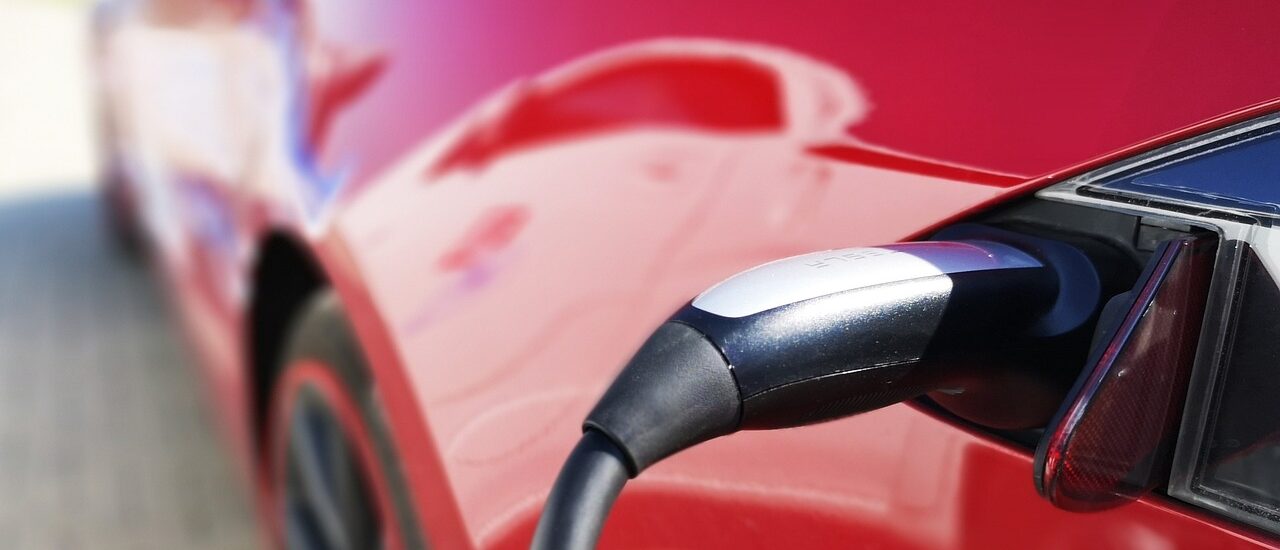For multifamily buildings (MUDs) in California looking to install EV charging stations, several incentives and programs are available to help offset the costs:
- California Electric Vehicle Infrastructure Project (CALeVIP):
- Offers rebates for the purchase and installation of Level 2 and DC fast chargers at multifamily housing locations. The rebate amounts can vary by region and program availability. For the latest updates and specific details, visit the CALeVIP website.
- Marin Clean Energy (MCE):
- Provides rebates of up to $3,000 per Level 2 EV charging station at MUDs and workplaces. Additionally, customers enrolled in the MCE Deep Green program can receive an extra $500 rebate per port, up to $10,000 per site【6†source】.
- Burbank Water and Power (BWP):
- Offers rebates up to $15,000 for the purchase and installation of Level 2 or direct current fast charging stations at commercial or multi-unit dwelling properties【6†source】.
- Los Angeles Department of Water and Power (LADWP):
- Provides a rebate program that offers up to $5,000 for the installation of Level 2 EV charging stations in multi-unit dwellings【6†source】.
- Glendale Water and Power (GWP):
- Offers rebates up to $6,000 per charger for commercial or multi-unit dwelling customers, with the possibility of receiving up to four rebates【6†source】.
- Southern California Edison (SCE):
- Through the Charge Ready program, SCE assists with the installation of EV charging stations at multifamily properties. This includes providing rebates to cover the costs of the charging infrastructure and installation. More details can be found on the SCE website.
- Peninsula Clean Energy:
- Offers the DriveForward Electric Program, which provides incentives for installing EV charging stations in San Mateo County, including multifamily properties. Details on incentives and application procedures can be found on the Peninsula Clean Energy website【8†source】.
These programs are designed to make it easier and more affordable for property owners and managers of multifamily buildings to install EV charging infrastructure, thus supporting the growing demand for electric vehicles. For the most current information, eligibility requirements, and application processes, it’s best to visit the respective program websites or contact the utility providers directly.




